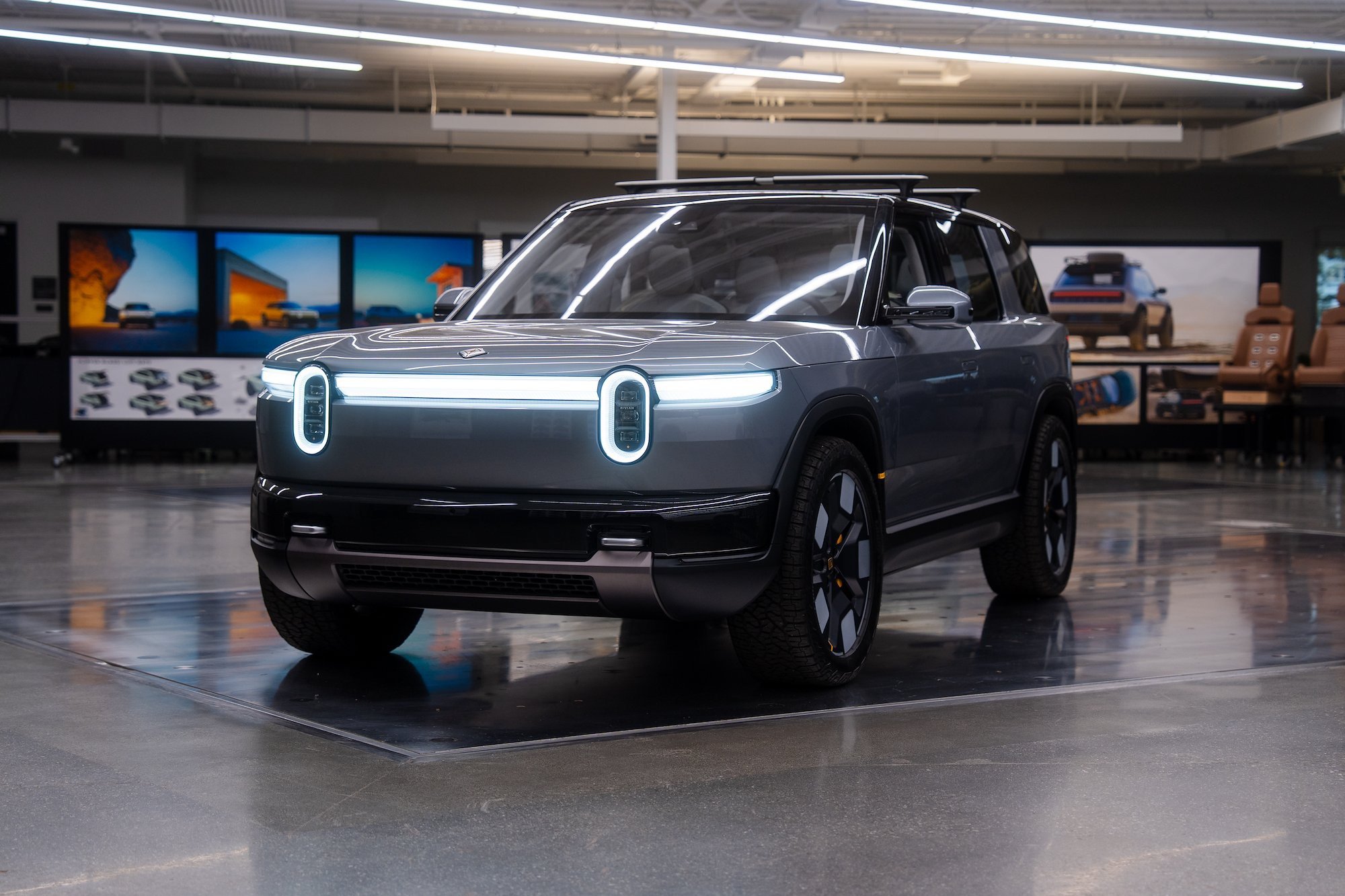Editorial: Why Rivian R2 Is Perfectly Positioned to Succeed in Europe

Rivian’s R2 might end up being an even bigger hit in Europe than it is in the US, and that feels very intentional rather than accidental.
From the start, Rivian has said R2 was designed with Europe in mind. It is smaller, more efficient, and far better suited to European roads, city centers, and parking garages than the larger R1 vehicles. This is the exact size class that dominates EV sales overseas, where buyers are cross shopping vehicles like the Tesla Model Y, VW ID.4, Hyundai Ioniq 5, and Volvo EX30. R2 lands right in the middle of that sweet spot.
tl;dr
- Rivian designed R2 with Europe in mind, with a size and format that fits European roads, cities, and garages far better than larger SUVs.
- R2 targets the heart of Europe’s most popular EV segment, competing directly with vehicles like the Model Y and VW ID.4.
- Pricing hits a premium but attainable sweet spot, making R2 accessible without drifting into luxury territory.
- Rivian’s expanding production capacity and direct sales model improve availability and simplify buying.
Pricing is another big reason R2 makes sense. With a targeted starting price around $45,000 in the US, R2 should remain competitive in Europe even after VAT and import costs. That puts it in the “aspirational but achievable” range that European buyers are comfortable with, especially those moving up from hatchbacks or compact SUVs. It is premium without drifting into luxury pricing that limits volume.
Design also works heavily in R2’s favor. Rivian has kept the brand’s distinct look but scaled it down into something that feels practical rather than overbuilt. It still looks adventurous and different, which matters in markets that are flooded with conservative crossover designs, but it is sized appropriately for daily European life. That combination of personality and practicality is rare.
Energy features could end up being one of R2’s strongest advantages in Europe. With bidirectional charging and the ability to power a home, R2 becomes more than just transportation. In markets where electricity prices are volatile and home solar adoption is high, a vehicle that can store and return energy has real value. That story resonates strongly with European buyers in a way it often does not in the US.
Charging infrastructure is another quiet win. Public charging is simply less of a headache, which lowers the barrier for new EV buyers and helps Rivian avoid early frustration.

Production scale matters too. Rivian is expanding manufacturing capacity specifically around R2, both in Illinois and Georgia. That increases the odds that Europe will get meaningful volume rather than trickle supply. European buyers are tired of long waitlists, and availability alone can be a competitive advantage.
Rivian’s decision to sell direct also fits European expectations. Buyers are already used to online ordering, transparent pricing, and minimal dealer involvement from brands like Tesla and Polestar. Rivian does not need to retrain the market, it just needs to execute.
Layer in Rivian’s software strength and its partnership with Volkswagen Group, and R2 feels less risky for European buyers. Knowing that Rivian’s tech will also underpin future VW Group vehicles adds credibility and reassurance.
None of this guarantees success. Europe is fiercely competitive, incentives are changing, and Rivian will need to prove reliability, winter capability, and service quality in unfamiliar markets. But the fundamentals are right.
R2 is sized correctly, priced well, distinctive, energy smart, and launching with global intent. If Rivian delivers on execution, R2 has all the pieces to become a common sight on European roads faster than many expect.

Anxious to be able to get an R2. My son has the truck and it’s amazing, would love to have one but we are in Ireland and I don’t see them available here for some time.